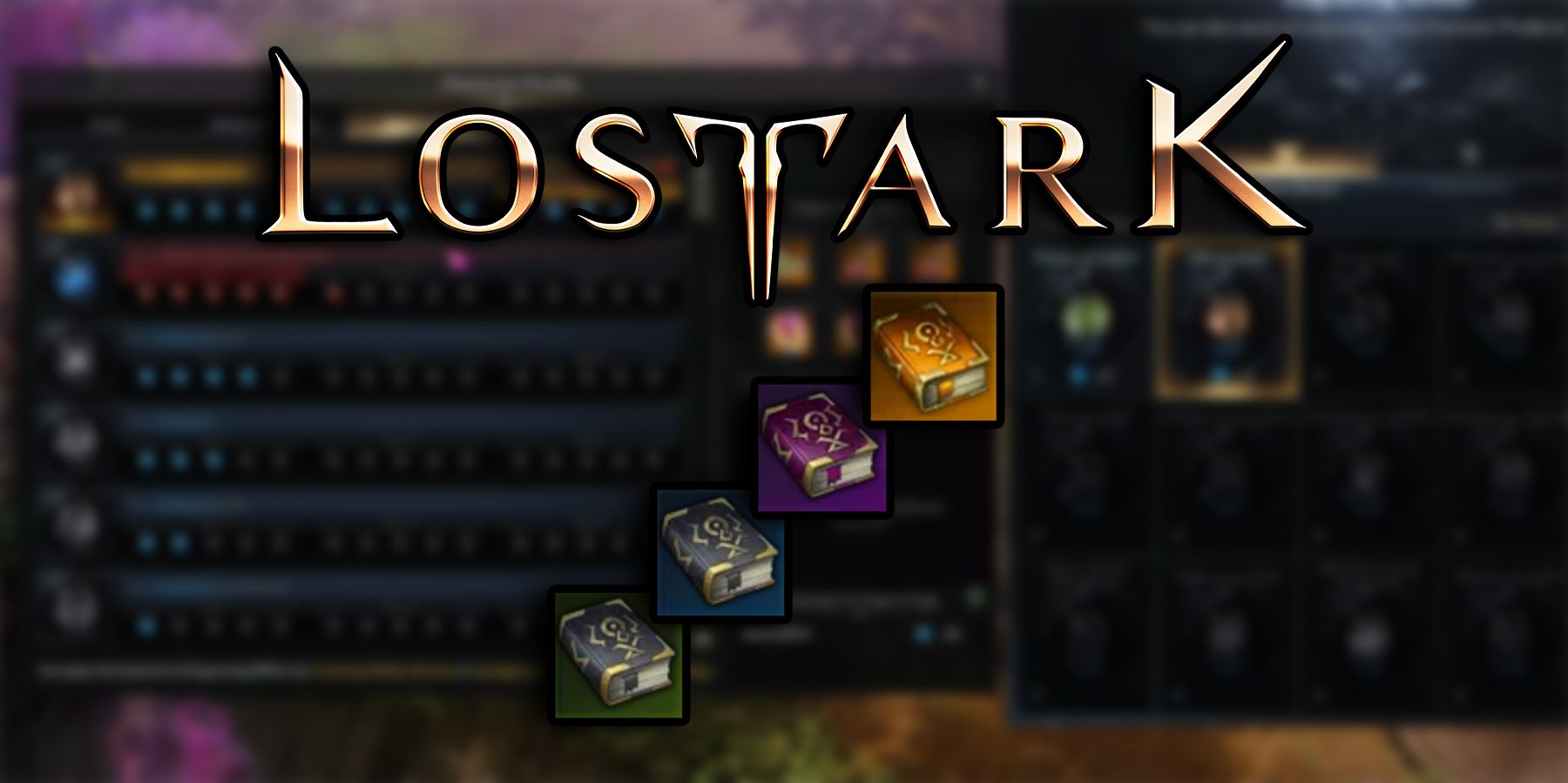AGU has published books for more than six decades on topics related to Earth and space sciences. The four members of the AGU Books Editorial Board of Space Science Disciplines decided to review our own portfolio of books and other science editors to better understand the landscape of book publishing in these disciplines and use these information to form an expansion plan for our range. space science books over the next few years.
Space science books in AGU’s portfolio
Our investigation began with our own dossier, focusing on AGU’s flagship and oldest series, the Geophysical Monograph Series. 256 volumes were published from its launch in 1956 until the end of 2020, of which 63 were related to subjects of space science, with six volumes (Vol. 1, 2, 7, 141, 196, and 214) combining both Earth and space related topics in the same volume.
For the next step in our analysis, we have divided space science into major thematic areas according to four AGU sections – Aeronomy, Magnetospheric Physics, Planetary Sciences, and Solar and Heliospheric Physics. We decided to combine aeronomy and magnetospheric physics into a single category of geospatial.
Over the lifetime of the geophysical monograph series, the proportions of space science books with topics exclusively focused on geospatial, planetary science, and solar / heliospheric physics are 51%, 7%, and 3, respectively. 5%. The remaining 38.5% are interdisciplinary books, that is, they combine the main thematic areas in one volume. (The six books that combine topics related to Earth and space are not included in these numbers.)
The Venn diagram focuses on the 12 books published over the past decade (2011-2020) (not included two books (vols. 196, 214) which combined space and science themes of the Earth).
The most important segment is books focused on geospatial (flights. 199, 201, 215, 220, 244, 248) and six additional geospatial books have an interdisciplinary focus (vols. 197, 207, 216, 222, 230, 235).
No books have been published in the geophysical monograph series focused solely on planetary or solar / heliospheric topics during the decade, although a five-volume collection on space physics and aeronomy was published in the spring. 2021 outside the limits of this analysis.
How do we compare to other publishers?
Of course, AGU is not the only company or publisher producing space science books, so we decided to look at the breakdown among the major scholarly publishers using the same thematic division as above. We have done our best to survey the huge book market using various web tools, but we cannot guarantee the accuracy of these statistics. Also note that AGU entered into a publishing partnership with John Wiley & Sons in 2013, so we treat Wiley and AGU as a single entity in the charts below.

The charts suggest that some publishers have developed a reputation in particular fields, with existing series or collections that attract returning book publishers / authors and attract new people. It is important that a publisher or author finds the most suitable publishing partner for their book project who can offer the production, marketing and distribution services they are looking for. We hope scientists from all of these disciplines will consider AGU-Wiley, because we have a lot to offer.
Where are we going?
 AGU / Wiley have published an average of 1 to 2 books per year over the past four decades in space science, with a breakdown of 0 to 4 books per year. This is a modest post rate that we want to increase.
AGU / Wiley have published an average of 1 to 2 books per year over the past four decades in space science, with a breakdown of 0 to 4 books per year. This is a modest post rate that we want to increase.
The graph shows the current distribution (orange) shifted by two pounds per year to a proposed distribution (yellow). During this decade we would like to see an average of 3-4 books published per year, but occasionally even more if possible.
We also want this growth to be more balanced across all areas of space science to move away from the bias towards geospatial books seen in the past. By adding a book each on planetary and solar / heliospheric topics, we would have already achieved our goal. Therefore, we want to expand in these areas, and we are putting increased efforts in our outreach to the planetary and solar communities, which could help change the distribution as shown in the graph.
How to achieve our goals?
Overall, we want to engage the space science communities to publish more books with AGU-Wiley. To achieve our goals, we actively engage in outreach by offering book titles to potential publishers / authors. Nonetheless, our backbone is still the unsolicited approach by scientists with new book ideas. For example, we hope that the new planetary and solar spacecraft missions currently underway (as well as those being planned) may yield results, analysis, and critiques that may be suitable for publication in book form.
Although we have numerical goals to increase the number of space science books in our portfolio, our goal remains quality rather than quantity. After all, books should be useful and in demand by the scientific community.
We want to encourage scientists who have never considered publishing a book. The process of organizing and writing / editing a book is very rewarding and increases one’s own network of scientific collaboration and reputation. Please contact any member of the Space Science Editorial Board directly or by email [email protected], if you have ideas for new books.
Andreas Keiling ([email protected]; ![]() 0000-0002-8710-5344), Béa Gallardo-Lacourt (
0000-0002-8710-5344), Béa Gallardo-Lacourt (![]() 0000-0003-3690-7547), Xianzhe Jia (
0000-0003-3690-7547), Xianzhe Jia (![]() 0000-0002-8685-1484), and Valery Nakariakov (
0000-0002-8685-1484), and Valery Nakariakov (![]() 0000-0001-6423-8286), Publishers, AGU Books
0000-0001-6423-8286), Publishers, AGU Books
 Zoo Book Sales
Zoo Book Sales



